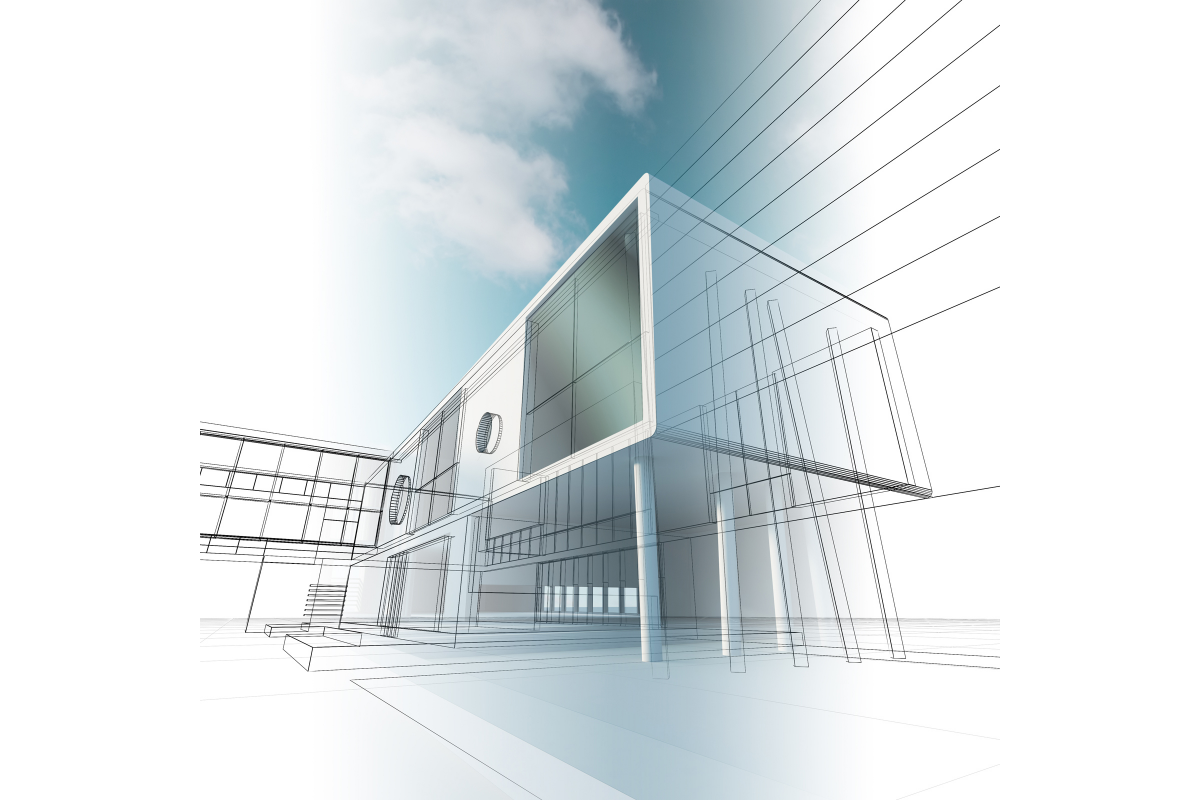What It Is and Why It Revolutionizes Construction
Building Information Modeling (BIM) is a digital representation of the physical and functional characteristics of a facility. This technology has revolutionized the construction industry by providing an integrated and collaborative approach to design, construction, and management. BIM goes beyond traditional 2D drawings and incorporates 3D models enriched with data, enabling stakeholders to visualize and analyze every aspect of a project before it is built. The use of BIM in intelligent construction has paved the way for more efficient, sustainable, and cost-effective building practices.
The Benefits of BIM in Smart Construction
BIM offers numerous benefits that contribute to the advancement of smart construction. One of the primary advantages is enhanced collaboration. BIM allows architects, engineers, contractors, and owners to work on the same model, facilitating better communication and reducing the risk of errors. This collaborative environment leads to higher quality designs and more precise execution.
Another significant benefit is the ability to perform detailed simulations and analyses. BIM enables the creation of virtual models that can be tested under various conditions, identifying potential issues and optimizing solutions before actual construction begins. This capability not only improves safety but also helps in achieving better performance and sustainability.
How BIM Transforms Planning and Execution of Projects
The integration of BIM into project planning and execution transforms traditional workflows. During the planning phase, BIM provides accurate and detailed visualizations that enhance decision-making. Stakeholders can explore different design options, evaluate their impacts, and select the best approach. This leads to more informed and confident decisions, ultimately saving time and resources.
In the execution phase, BIM supports precise coordination and sequencing of construction activities. The detailed 3D models serve as a reference for contractors, ensuring that every component is built according to the design. BIM also assists in managing logistics, scheduling, and cost estimation, reducing delays and budget overruns.
BIM and Sustainability: Reducing Environmental Impacts in Construction
Sustainability is a critical aspect of modern construction, and BIM plays a pivotal role in promoting eco-friendly practices. By providing detailed analyses of energy consumption, material usage, and environmental impacts, BIM helps designers create more sustainable buildings. For instance, BIM can simulate the performance of different building materials and systems, allowing the selection of the most efficient options.
Additionally, BIM supports the implementation of green building certifications such as LEED (Leadership in Energy and Environmental Design). The comprehensive data provided by BIM models can be used to meet the stringent requirements of these certifications, contributing to the development of environmentally responsible structures.
Case Studies: Innovative Projects Utilizing BIM
Several high-profile projects have demonstrated the innovative potential of BIM in smart construction. One notable example is the Shanghai Tower, the second-tallest building in the world. BIM was used extensively throughout the design and construction process, enabling efficient coordination and management of the complex project.
Another example is the Crossrail project in London, one of the largest infrastructure projects in Europe. BIM facilitated the integration of multiple disciplines and stakeholders, ensuring seamless collaboration and effective project delivery. These case studies highlight how BIM can drive innovation and excellence in construction.
Complementary Technologies to BIM in Smart Construction
BIM’s effectiveness is further enhanced by its integration with other advanced technologies. One such technology is augmented reality (AR), which allows stakeholders to visualize BIM models in real-world environments. AR can be used for on-site inspections, training, and design reviews, providing a more immersive and interactive experience.
Another complementary technology is the Internet of Things (IoT), which connects building components and systems to collect and analyze data in real-time. IoT can monitor the performance of HVAC systems, lighting, and other building elements, enabling proactive maintenance and energy optimization. The combination of BIM and IoT creates intelligent buildings that are more responsive and efficient.
The Role of BIM in Cost and Resource Management
Effective cost and resource management are crucial for the success of construction projects, and BIM plays a significant role in this area. BIM models provide accurate quantity takeoffs and cost estimates, helping project managers plan budgets more effectively. The detailed information in BIM models also supports efficient procurement and logistics, reducing waste and ensuring that materials are available when needed.
Furthermore, BIM enables lifecycle cost analysis, considering the total cost of ownership from construction to operation and maintenance. This long-term perspective helps in making more sustainable and economical decisions, ultimately enhancing the value of the project.
Challenges and Opportunities in Implementing BIM
While BIM offers numerous benefits, its implementation comes with challenges. One of the primary challenges is the need for cultural change within organizations. Adopting BIM requires a shift from traditional practices to more collaborative and technology-driven approaches. This transition can be difficult, especially for firms with established workflows.
Another challenge is the initial investment in software, training, and infrastructure. However, the long-term benefits of BIM, such as improved efficiency and reduced costs, often outweigh the initial expenditures. The growing demand for smart construction is driving the adoption of BIM, creating opportunities for innovation and growth in the industry.
The Future of BIM: Trends and Innovations in Smart Construction
The future of BIM in smart construction is promising, with several emerging trends and innovations on the horizon. One such trend is the integration of artificial intelligence (AI) with BIM. AI can enhance BIM models by automating tasks, predicting outcomes, and optimizing designs. For instance, AI algorithms can analyze vast amounts of data to identify patterns and suggest improvements, leading to more intelligent and efficient buildings.
Another trend is the use of digital twins, which are virtual replicas of physical assets. Digital twins leverage BIM data to create real-time simulations of buildings, allowing for continuous monitoring and optimization. This technology has the potential to revolutionize facility management and maintenance, providing valuable insights and improving performance.
How to Get Started with BIM: Tips for Construction Professionals
For construction professionals looking to get started with BIM, the following tips can be helpful:
- Educate Yourself and Your Team: Invest in training and education to understand the fundamentals of BIM and its applications. There are numerous online courses, workshops, and certifications available.
- Start Small: Begin with small pilot projects to gain experience and build confidence. This approach allows for gradual adoption and minimizes risks.
- Choose the Right Software: Select BIM software that meets your specific needs and integrates well with your existing tools and workflows.
- Foster Collaboration: Encourage a collaborative culture within your organization. Effective communication and teamwork are essential for successful BIM implementation.
- Leverage Industry Standards: Follow industry standards and best practices to ensure consistency and quality in your BIM projects.
BIM and smart construction are transforming the architecture and construction industry, offering unprecedented opportunities for efficiency, sustainability, and innovation. By embracing BIM, professionals can enhance collaboration, improve project outcomes, and create smarter, more resilient buildings. As technology continues to evolve, the integration of BIM with emerging trends such as AI and digital twins will further revolutionize the industry, paving the way for a smarter and more sustainable future.


